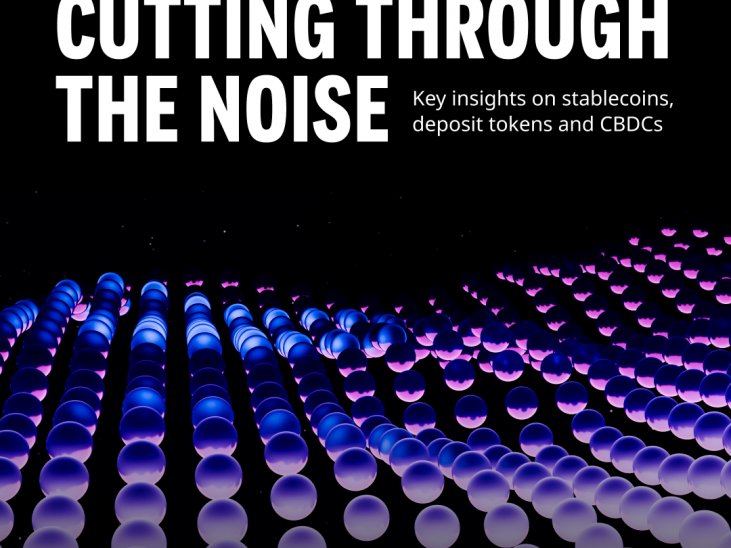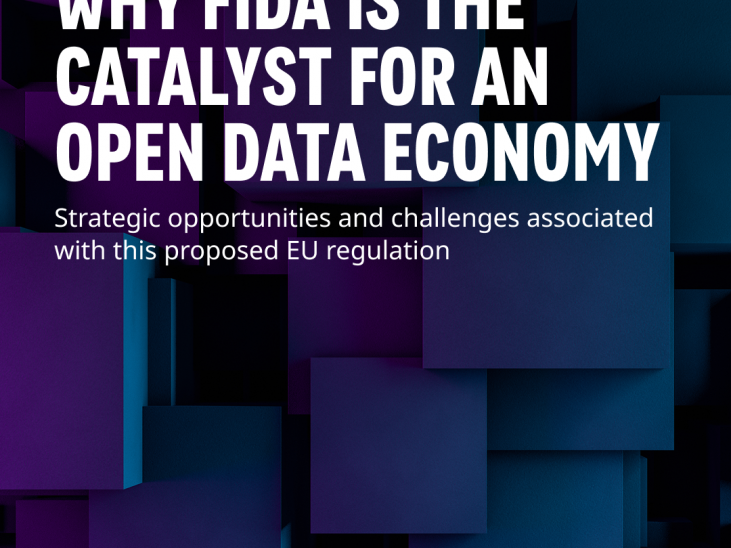Bridging the gap to digital assets – A call for openness to change
In recent years, the conversation surrounding digital assets* has evolved significantly. At INNOPAY, we have been engaging with this space with an open mind, seeking to understand the potential applications of this ecosystem on a case-by-case basis. From the philosophical discussions about Bitcoin as a store of value, to practical applications in finance – such as tokenised commercial paper and on-chain payments and settlements – our journey has been one of exploration rather than blind faith. We aim to remain inquisitive and critical, continually asking questions such as: How does this specific application work? What is the added value and for whom? And how does it compare to the traditional financial system?
This article will not delve into the technical workings of blockchain or the myriad pros and cons of digital assets; there are ample resources available for those discussions. Instead, we aim to shed light on the current state of digital assets adoption by traditional finance (TradFi) institutions and share our insights from engaging with TradFi professionals on this topic. Our goal is to bridge the gap between the TradFi world and the digital assets realm, and to get people out of their trenches by encouraging open dialogue and exploration of digital assets.
Current momentum in digital assets adoption
Like many potentially disruptive innovations, the digital assets industry faces its fair share of challenges, marked by volatility and skepticism. However, it appears we are entering a maturation phase, characterized by evolving use cases, increased engagement from TradFi institutions, and growing regulatory clarity. Many TradFi institutions are beginning to engage with this topic, albeit with varying levels of enthusiasm. Some are taking a pilot-and-see approach, while others have been deploying real-world applications for some time. As we look ahead to the rest of 2025, we can expect this momentum to continue, accelerated by political tailwinds in the United States as exemplified by the recent executive order to promote US leadership in digital assets.
For a more in-depth exploration of the current state and future expectations regarding the blockchain adoption lifecycle, we recommend this comprehensive article by our Oliver Wyman colleagues.
Experiences from working with the TradFi world on digital assets
In our discussions with professionals in the TradFi sector, we have observed increasing interest in digital assets, spurred by the evolving landscape. This is particularly noteworthy considering how far we have come; not too long ago, digital assets were often criticized for lacking utility and being associated with scams.
However, despite this growing interest, the industry remains divided, with strong dogmatic positions persisting. Advocates of digital assets tout the transformative potential to revolutionize the world as we know it, while skeptics often dismiss the entire concept as a utopian bubble, primarily associated with criminality and fraud.
When introducing the concept of digital assets and their potential benefits, we have found that simply presenting facts and arguments often fails to sway those with entrenched beliefs. This aligns with cognitive dissonance theory, which suggests that individuals with strong convictions may reject information that contradicts their beliefs to alleviate psychological discomfort. Convincing someone entrenched in their views is not solely a matter of logic; it requires an understanding of the emotional and psychological dimensions at play.
From our experiences, we've learned several key lessons for initiating and expanding discussions about digital assets within the TradFi community:
Wording matters
The terminology we use can significantly impact perceptions. For instance, labeling the space as ‘web3’ can come across as evangelical, while the term ‘crypto’ is often associated with (unrelated) past scandals, leading skeptics to dismiss the conversation. In contrast, using the term ‘digital assets’ feels less charged and more neutral.
Emotion over logic
Engaging with emotional appeals can often spark interest more effectively than relying solely on logical reasoning. For instance, highlighting that a substantial portion of the TradFi industry is actively exploring digital assets, or that younger generations demand innovations in this space, can instill a ‘fear of missing out’. This, in turn, ignites interest and an initial willingness to further explore this topic through more rational reasoning.
Take baby steps
Rather than diving into a comprehensive discussion about the disruptive potential of digital assets, it’s more effective to start with small-scale sessions that gradually build interest and knowledge. By addressing fundamental concepts and potential use cases step by step, one can stimulate a more nuanced understanding without overwhelming participants. Furthermore, it is important to address the industry’s challenges along the way to present a complete picture and to separate fact from fiction.
A call for openness to change
Through this article, we do not seek to advocate for or against digital assets. Instead, we invite both advocates and skeptics to approach this topic with an open mind. Embracing change, whether it be through digital assets or other innovations, does not necessitate abandoning critical thinking. It means setting aside preconceived notions and being willing to learn about the complexities involved. This can be achieved by consciously shifting from your fast, intuitive mode of thinking – often driven by heuristics and instincts – to a slower, more analytical approach. Notably, even influential figures like the CEO of BlackRock – one of the leading issuers of Bitcoin ETFs today – have experienced shifts in their viewpoints over time (see this article from 2017).
In conclusion, let us embrace our inner child – curious and eager to explore. By cultivating open dialogue and a willingness to learn, we can bridge the gap between traditional finance and the world of digital assets, paving the way for a more informed and nuanced discourse. The future of finance is unlikely to be a choice between the old and the new. Rather, it will more likely be characterized by a synergy that harnesses the strengths of both.
* ‘Digital assets’ within the context of this article refers to digitalized assets and services utilizing blockchain technology within the financial services industry.
This article was originally published at The Paypers.





